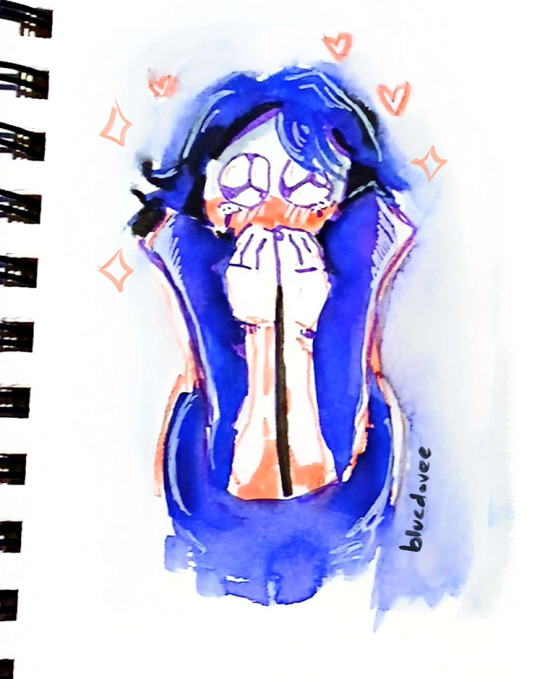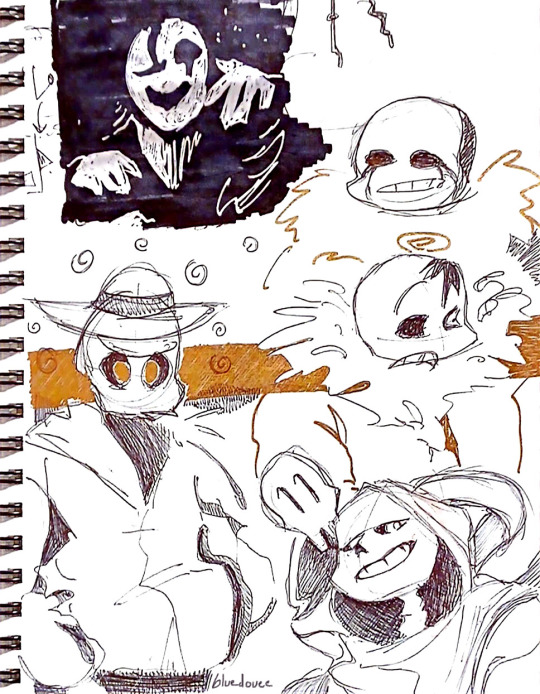#sbiten's art
Explore tagged Tumblr posts
Text
Sergei Dragunov - Mellow Listening
Drew Sergei Dragunov from TEKKEN enjoying some warm sbiten and listening to some nice tunes on his radiola~🎶
I made a music playlist inspired by Dragunov to listen to during matches or when I’m drawing him to really get me in the zone and because he’s my fave. ✨
I was inspired by the song Если Б Не Глаза Твои (If Not For Your Eyes) by Vladimir Troshin while working on this piece. Very lovely song. I like to imagine that Dragunov’s singing voice sounds like Troshin’s. 🪽
Vladimir Troshin - Если Б Не Глаза Твои (If Not For Your Eyes)
Done with Clip Studio Paint EX July 2024
#art#fanart#TEKKEN#Sergei Dragunov#TEKKEN 8#TEKKEN30th#Tekken Fanart#Dragunov#Dragunov Tekken#animation#fighting game#fighting game fanart#FGC#cozy#radio#radiola#retro#vintage#tea#sbiten#music#SketchMeNot#my art
51 notes
·
View notes
Note
you feel that someone is gently touching your hand, but when you look back you don't notice anyone
you go back to your business, but you feel the gaze on you
you turn around, but look below this time and notice a gift

a small speck of Dust visited you and left a gift
«Merry Christmas to you! 🩵🎄✨»
WAAAA I'm a little behind on my asks but this is adorable ♥(ˆ⌣ˆԅ)
THANK YOU!!! MERRY CHRISTMAS TO YOU TOO!!!


I'll wear your gift on my shoulder hehe ♥
#asks#sbitens#truffle-chocolate#dust speck#traditional art#doodle doo#sona jumpscare#merry christmas#tf2 ominous offering easter egg#dont worry if that easter egg is confusing#its more for me
15 notes
·
View notes
Note
Oh my goodness
I am so happy to find you again, Sbiten. I keep thinking about you and what happened to your blogs and I hope you have a wonderful time here 💕 Here's a doodle page from my sketchbook in case you feel down, to remember that you're always welcome and feel free to reach out anytime

It took me a while to calm down. I just can't stop giggling with joy. I'm happy that I was able to stay on this site, even though it was hostile to me, heh
Wow, thanks for this art! I love everyone pictured here! And I will definitely return to this issue later to reconsider and rejoice. Спасибо большое! 🍞💛✨
Your words are just as important! And because of them, I also couldn’t calm down, because it’s really so nice to hear 🥹🥹🥹🫂🫂🫂
2 notes
·
View notes